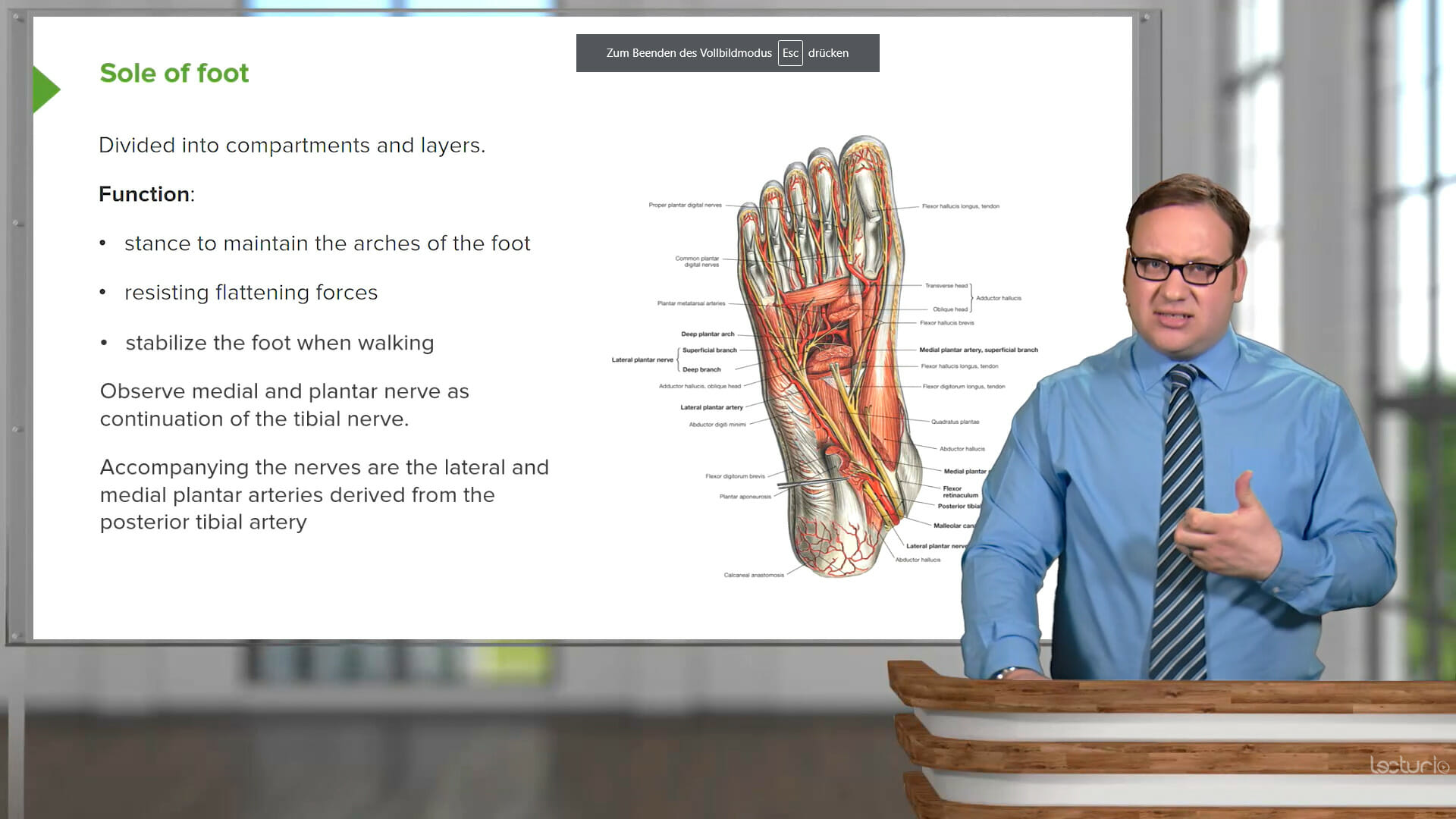Both the classroom and the clinicals are equally important in your path toward becoming an RN. However, most of us arrive at nursing school with several years of traditional learning under our belt. Clinicals, on the other hand, represent a complete jump into the unknown.
So how can you be better prepared for them? What are they like? And how should you act to make a good first impression?
What Are Nursing Clinicals?
For nursing students, clinical rotations are one of the main requirements to graduate from an approved nursing program. In turn, graduation is the last stage to check off before calling yourself an “RN.”
Throughout this time, you will rotate across various specialities. The most common rotations include:
- Community health
- Medical-surgical
- Obstetrics (Labor and delivery)
- Emergency
- Geriatrics
- Mental health
- Critical care
How Long Do Nursing Clinicals Last?
The length and conditions of your clinical nursing rotations will probably be regulated by law up to a certain point. Depending on your location, your state Board of Nursing will specify a minimum amount of hours to certify a nursing school. For example:
- In Delaware, an approved nursing program must offer at least 400 clinical hours.
- In Texas, nursing programs must offer one clinical hour for every three hours of classroom time.
- As most BSN programs prefer to play on the safe side, they often design their program around an average of 700 hours.
What Are Nursing Clinicals Like?
Thinking about the total hours you need to complete or the number of rotations left under your belt can feel like an insurmountable challenge. So let’s break it down to basics and explore what nursing clinicals are like on a day-to-day basis.
Clinical schedule
Most schools will schedule clinicals two or three times a week, in shifts that can go from 6 to 10 hours. Ideally, many of these shifts should happen on weekdays: hospitals are better staffed during regular working hours, so you’ll be better supervised. However, you may have the occasional Saturday or “second shift” schedule – especially if your local hospitals try to minimize crowds or favor social distancing.
Goals: It’s all about applying knowledge
No nurse was ever able to save a life purely from knowing their textbooks by heart.
This is why all this theoretical knowledge is first practiced in a simulation lab, using more or less realistic dummies, robots, or your classmates. Clinical rotations will then help you bridge the next gap by giving you the chance to practice with real, living people.
Naturally, this will all happen under the attentive gaze of a clinical instructor. Usually, instructors are assigned by your school to show you how to perform each procedure, answer questions, and give you any necessary pointers after each attempt.
As your direct supervisor, your instructor will also “sign off” (evaluate) specific procedures that you need to perform before the end of each rotation. In some states, instructors are also legally responsible for ensuring you are prepared before you touch a patient.
You will also need to shadow one of the staff nurses to see how they interact with patients and prioritize care for each one of them.
Let’s look at what you will be doing: each rotation will have specific objectives to accomplish. They will consist of a specific number of procedures, which can be as simple as a bed bath, or a full IV line insertion. You will also need to submit written assignments: a set number of reflective journals and care plans. Your objectives will be determined by the school and assessed by your clinical instructor.
At first: Watching a lot, doing a little
For me, one of the scariest parts of clinicals was the possibility that I would just be “thrown to the wolves” and asked to perform a delicate procedure with no heads-up.
In reality, most clinical instructors and staff nurses can tell when you are ready to do something – and if they are ever in doubt, they will re-check all the steps with you.
At the start of every new rotation, expect to spend most of the day watching rather than doing. At this point, whoever you are working with is still getting their first impression of you. Make sure to appear interested, ask follow-up questions, and admit whenever you are not sure of something.
Make sure you don’t let this “observation period” get too long: by the end of the first week, you should be able to start crossing some objectives off your goal list. Ideally, you should divide up the total objective list and set milestones for each week.
Baby steps towards independence
After a few times of watching each procedure, you should get the hang of how it works in real life. This often feels a lot different than what is described in the manuals!
At this point, take any possible chance to book your school’s simulation lab and practice the skill again on your own. Your instructor or the staff nurse you are shadowing will first help you assist with a procedure and then let you do it yourself.
Lots of reflection
One of the most common tools used at nursing schools is reflective journals. These are usually short essays in which you will select specific incidents that occurred during your clinicals. The goal of these journals is to get you to think critically about your experiences.
Each school has its system or template for their journals. At the very least, they will include:
- A recollection of what happened
- What you would have done differently
- The steps you will take to handle it better next time.
Care plans
The bulk of your homework during clinicals will consist of care plans.
Often, these care plans will be roughly based on actual patients that you see at the ward. You will need to outline how you would care for each patient and evaluate whether your interventions are working.
Care plans are not anyone’s favorite task. They are pretty time consuming, and the workload can quickly feel overwhelming. Make sure you don’t leave them for the last minute: if you already know how many to submit by the end of each rotation, set yourself a weekly goal.
Whenever you see a patient who fits one of your goals, begin taking notes for their care plan immediately. That way, you will only need to type the final draft and proofread it when you get home.
Related videos
What Should You Bring to Your Clinicals?
Just like for travel, there are two ways to pack your bag for clinicals: there are those who just bring themselves and their uniforms, and those who attempt to fit their entire home inside their suitcase.
The second alternative is quite cumbersome and may cause you to appear messy. Yet, there are a few items that you should not be caught without:
A notebook or notepad and a pen
Unless you are very good with your tablet, a notepad and a pen is the best way to take notes on the go. Try to make it a hardcover one.
If you can get one of those fancy notepads that can fit a pen inside, even better!
A pocket reference guide
Nursing pocket guides allow you to carry A LOT of reference materials at a pocket-friendly size. Old school ones are usually small but thick spiral-bound booklets. There are now many Kindle and smartphone friendly options.
A laptop or netbook
Some days, you may have some unexpected downtime during your clinical shift. Use it to review your materials or get a head start with your assignments and care plans.
A penlight and a stethoscope
These are used at every assessment, and you don’t want to share them.

A lidded water container
At most wards, you will not be allowed to have any uncovered foods or liquid containers: it’s unsanitary. Make sure you bring a sports bottle you can open easily or a covered travel mug.
Your full uniform
Each school has its dress code for student nurses. Most of the time, these are color-coded or monogrammed scrubs, a pair of nursing shoes, and your school ID or badge.
What shoes should you buy? Make sure they are comfortable, washable and that they meet your school’s guidelines. If you are given a choice between tennis shoes and clogs, try them both: I find tennis shoes are more comfortable and flexible, but others swear by clogs.
If you can invest a bit more, opt for slip-resistant shoes and make sure they are padded around the ankle.
Related videos
Clinical Etiquette 101 – How to Act So You Look Like You Fit In
Finally, the most intimidating part of nursing clinicals is to make a good impression. Many of us feel like these early days will define our future as nurses. While this is not true, you want to make sure the staff believe you are competent and professional.
Even if it feels like you are just faking it!
The following tips will help you make the most of the experience:
Don’t sit down
Most nurses remember their days as nursing students and see it as a rite of passage. They won’t be very impressed if they notice you take every opportunity to sit down or wait until you are called to do something.
Instead, follow one of the staff nurses proactively. Ask if anyone needs help with something. Make sure you greet every staff member the first time – and not just the RNs. CNAs and sanitation workers will help you out if you treat them with the respect they deserve.
Pre-plan your pockets
You know that terrible feeling you get when you can’t find the one item you need on short notice? Prevent this by pre-planning and memorizing what you will keep in each one of your pockets. Fortunately, scrubs tend to have many! You should have at least two on your pants and a wide one on your shirt.
Double-check before giving anything to the patients
This includes food, water, or any medication. You never know which patient is supposed to be fasting, NPO, or under strict fluid intake monitoring. Asking also gives you an extra chance to grab the patient’s chart and document it: otherwise, someone else could come and re-administer the same medication.
Remember your safety precautions and body mechanics training
Body mechanics and fall safety are essential in any hospital environment. You probably covered these topics very early in your program: it is usually one of the first topics covered during a Fundamentals class. Review the guidelines they gave you the day before starting each rotation.
At first, you will need to stop yourself and actively think about these things before you move a patient or walk them to the toilet. Eventually, they will become automatic.
Take the Course: Clinical Skills
Cover all clinical nursing fundamentals with Samantha Rhea, RN!
The Take-Home Message
Clinicals in nursing school are the most exciting part of the experience – but also the most daunting. You can fight those early-day jitters by reviewing your theoretical foundations, packing your bag intelligently, and studying hospital etiquette. Make sure you manage your time to be able to meet all the objectives you need to meet throughout the rotation.






